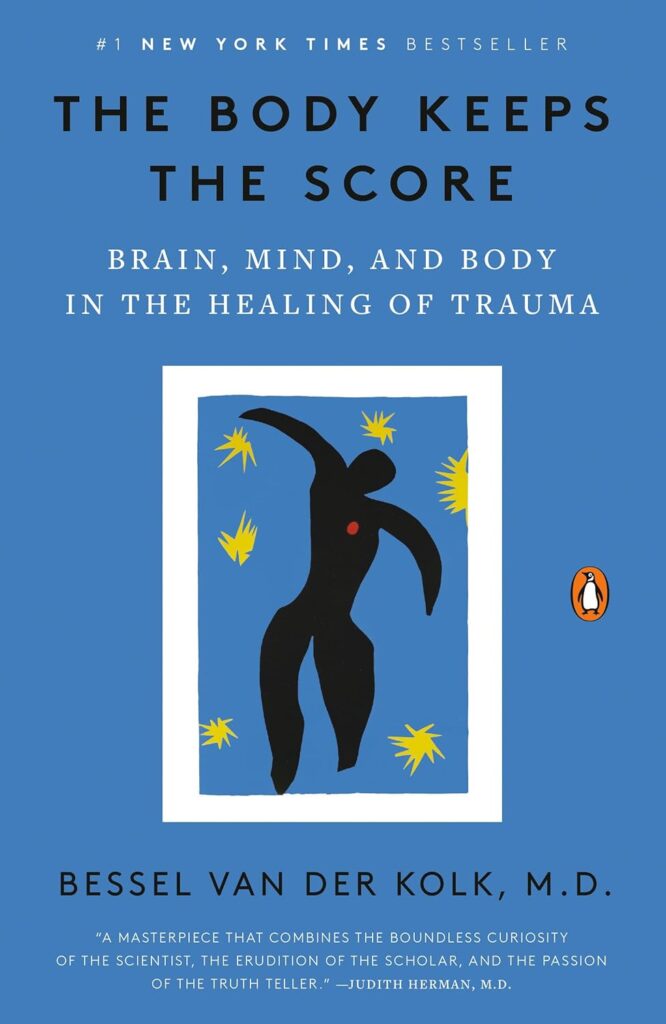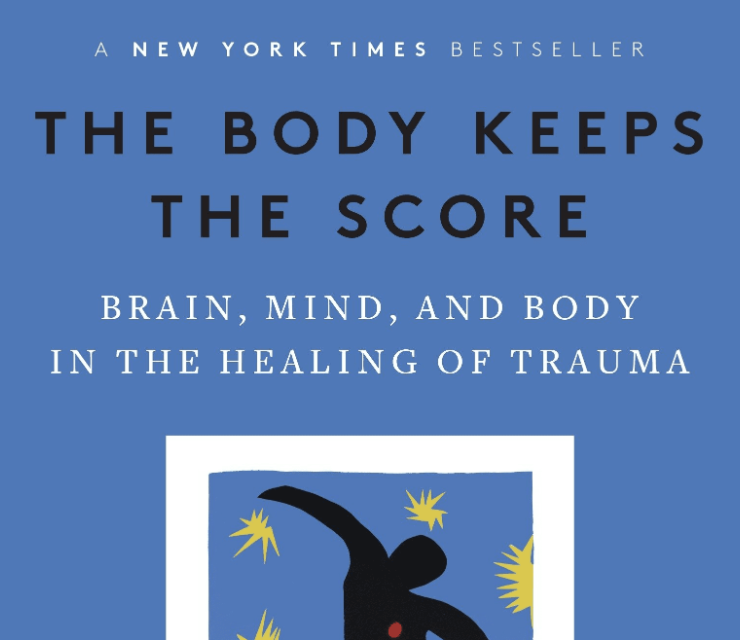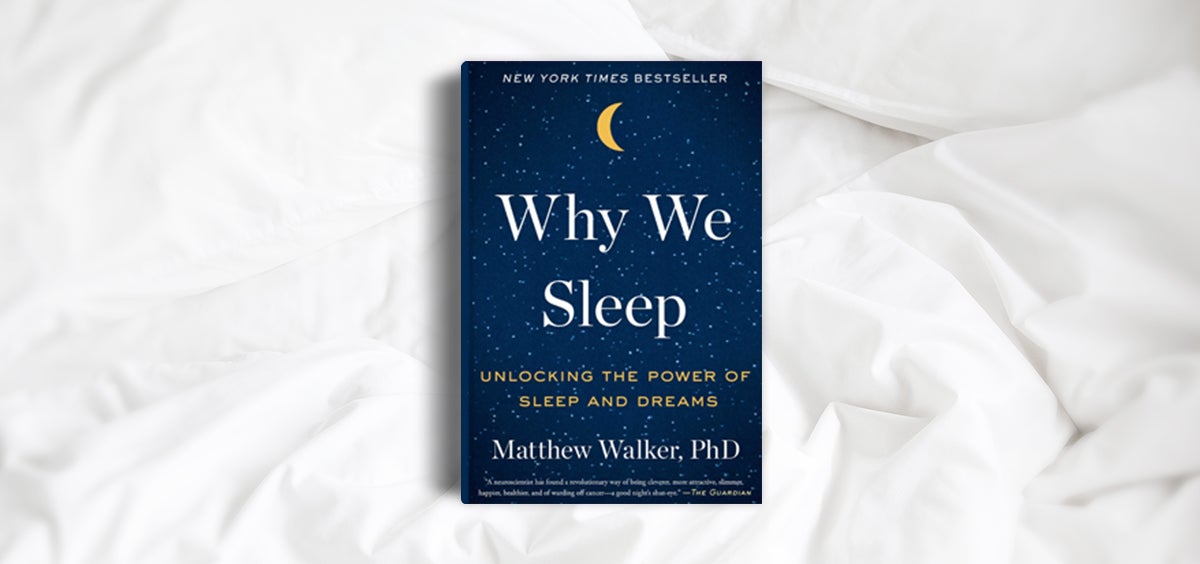
Basic Information
Title:The Body Keeps the Score
Author:Bessel van der Kolk
Target Audience
“The Body Keeps the Score” is ideally suited for individuals who have experienced trauma, whether acute or chronic, and are seeking understanding and healing. It is also valuable for mental health professionals, therapists, and counselors who work with trauma survivors, as it provides a wealth of knowledge on the neurobiological effects of trauma and various therapeutic approaches. For newcomers to the field, the book offers a comprehensive introduction to the complexities of trauma and its impact on the body and mind. For seasoned professionals, it serves as a resource for innovative treatment methods and deepening their understanding of the subject. The book’s potential value lies in its ability to foster self-awareness, guide trauma processing, and promote healing, making it a must-read for anyone touched by trauma.
15 Key Questions Answered: Understanding Trauma and Healing Through The Body Keeps the Score
The Body Keeps the Score” by Bessel van der Kolk explores the profound impact of trauma on individuals, offering insights into the mind-body connection and innovative approaches to healing.
Q1: What is the primary focus of “The Body Keeps the Score”?
A1: The book focuses on how trauma affects the body and mind, and the various ways to treat and heal from its lasting effects.
Q2: How does trauma impact the brain according to the book?
A2: “Trauma results in a fundamental reorganization of the way mind and brain manage perceptions,” altering the brain’s structure and function.
Q3: What is the significance of the body’s role in trauma memory?
A3: The body “keeps the score” of trauma, implying that physical sensations and responses are crucial in the memory and experience of trauma.
Q4: Why is PTSD a critical concept in understanding trauma?
A4: PTSD is a mental health condition triggered by experiencing or witnessing traumatic events, characterized by intrusive thoughts, flashbacks, and severe stress reactions.
Q5: What alternative treatments does the book propose for trauma?
A5: The book suggests “EMDR, the subject of chapter 15,” yoga, movement, and theater as innovative approaches to trauma treatment.
Q6: How does the author view the necessity of combining different therapeutic methods?
A6: “Most people I have worked with require a combination,” indicating that a multifaceted approach is often necessary for effective trauma treatment.
Q7: What is the role of the brain’s emotional center in trauma response?
A7: The limbic system, particularly the amygdala, is highlighted as critical in detecting threats and activating the body’s stress response.
Q8: How does the book describe the impact of trauma on social relationships?
A8: Trauma can “interrupt the plot” of one’s life, affecting the ability to form and maintain healthy social connections.
Q9: What does the book suggest about the treatment of trauma in children?
A9: The book emphasizes the importance of recognizing and addressing trauma in children, given the significant impact of early-life experiences on development.
Q10: How does the author discuss the interplay between body and mind in trauma healing?
A10: Van der Kolk discusses the integration of “top-down” and “bottom-up” approaches, combining cognitive processing with physical, sensory experiences.
Q11: What is the significance of the brain’s default state network (DSN) in trauma?
A11: The DSN, responsible for self-awareness, is found to be less active in individuals with chronic trauma, affecting their sense of self.
Q12: How does the book address the concept of “self” in relation to trauma?
A12: The book suggests that trauma can disrupt the sense of self, with the medial prefrontal cortex playing a key role in this process.
Q13: What is the role of the autonomic nervous system (ANS) in trauma response?
A13: The ANS, with its sympathetic and parasympathetic branches, is central to the body’s arousal and relaxation, with implications for trauma’s impact on physiological regulation.
Q14: How does the book discuss the treatment of trauma in the context of social support?
A14: Social support is highlighted as a critical factor in recovery, with the book emphasizing the importance of community and interpersonal relationships.
Q15: What does the book suggest about the potential for recovery and healing from trauma?
A15: The book offers a hopeful perspective, suggesting that with the right approaches, individuals can regain a sense of safety and fully engage in the present.
Overall Rating and Recommendation Summary
92/100
“The Body Keeps the Score” is a seminal work in the field of trauma and its treatment. As an expert in the field, I highly recommend this book for its profound insights into the neurobiological effects of trauma and its innovative approaches to healing. Van der Kolk masterfully bridges the gap between science and the human experience, offering both professionals and trauma survivors a rich understanding of trauma’s impact and potential pathways to recovery. The book is engaging, well-structured, and a must-read for anyone seeking to comprehend the complexity of trauma and the promise of holistic healing.




